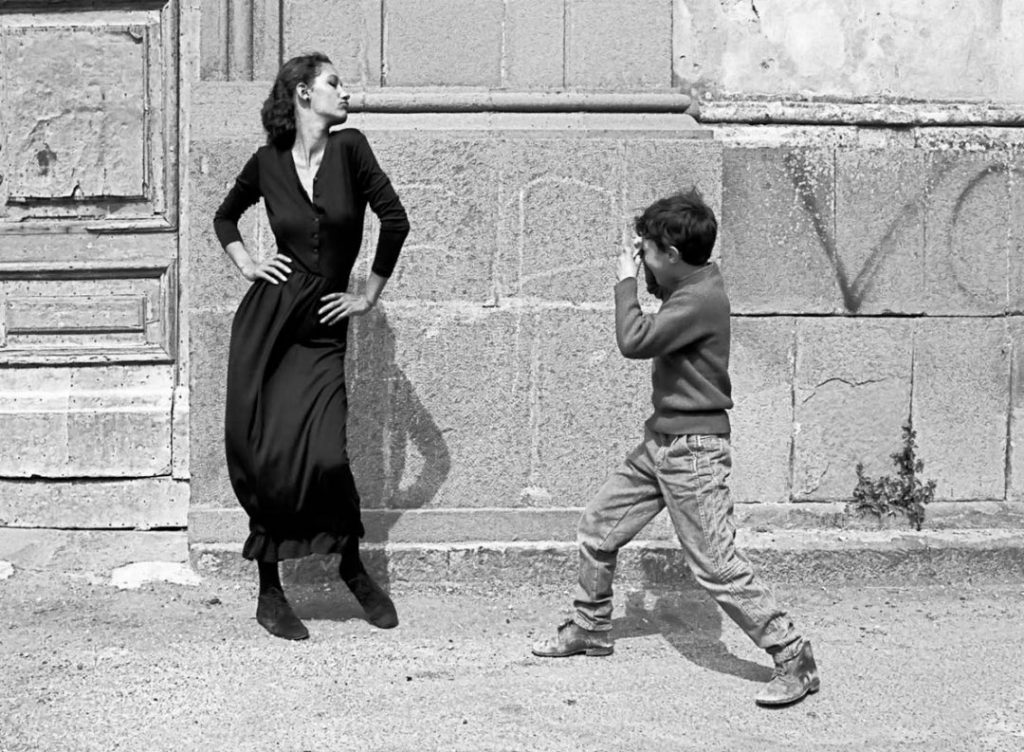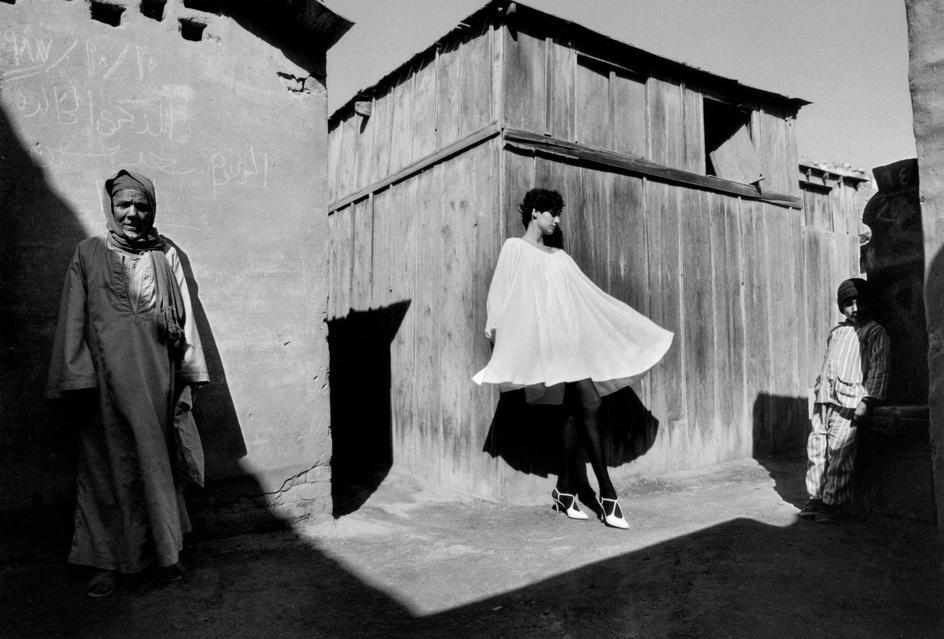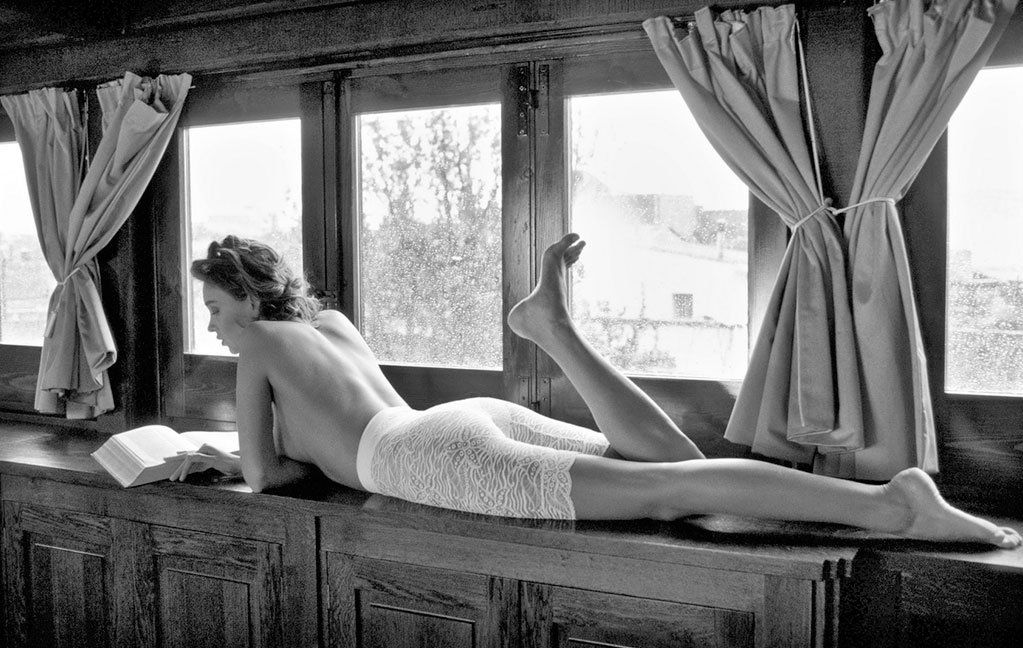Ferdinando Scianna – Sicilian Extraordinaire
This is a short bio about a Sicilian photographer,…Ferdinando Scianna. I don’t know that it matters, but I should divulge I’m half Sicilian. The other half is Italian. Now, for those unaware, Sicilians do not consider themselves Italian, per se. In fact, when my “Sicilian” mother married my “Italian” dad, it was considered a scandal. Or so I’m told. The first time I heard of Ferdinando Scianna, he was shooting a campaign for Dolce & Gabbana,… Sicilians. The point is there are many great Italian photographers. But Ferdinando Scianna, (and Dolce& Gabbana), really consider themselves Sicilians first, and have a unique perception of the world, and this view is exhibited in whatever they do in life. Sort of the epitome of “La Dolce Vita”,….The Sweet Life. (or ‘The Good Life’) And also Federico Fellini’s lauded Italian film.

Ferdinando Scianna – Photography Comes Early
While Ferdinando Scianna attended the “University of Palermo” , he floundered through a variety of subjects in an almost rudderless fashion. He did not finish his studies. In 1963, Leonardo Sciascia, who would be a great influence, attended Ferdinando Scianna’s first photographic exhibition, whose theme was the popular religious festivals of Sicily. They bonded immediately, becoming lifelong friends, positively affecting his career. Sciascia wrote the text in Ferdinando’s first book, “Religious Festivals in Sicily”. That first book won him the Nadar prize in 1966.

He moved to Milan in 1967, Italy’s center of fashion and commercial photography. Then he soon began working as a photojournalist and special correspondent with the “L’Europeo”. He later became a correspondent for them in France. (Paris) In 1977 his book “Les Siciliens” and “The Villa of the Monsters” were published.

While in Paris he started writing for “Le Monde Diplomatique” and “La Quinzaine Littéraire” and met Henri Cartier-Bresson, an inspiration from his youth. It was Cartier-Bresson who introduced him in 1982 to the international photo agency, Magnum Photos. He became a full member in 1989. In 1984 he collaborated with Cartier-Bresson and Andre de Pieyre Mandiargues for Henri Cartier-Bresson’s “Portraits”.

Fellow Sicilians Dolce & Gabbana Call
It wasn’t until the eighties that Scianna provided the essential imaging to the successful campaigns of Dolce and Gabbana, fellow Sicilians just breaking out worldwide. His ‘street photography’ type black and white imaging with Dutch model Marpesa solidified D&G’s rising star. However, I can’t really list him as a ‘fashion’ photographer, as most of his work is in the photojournalist or documentary vein.

In 1995 Scianna returned to face the deep held religious themes that first exposed him to a larger audience, with a trip to Lourdes. That book was “Viaggio a Lourdes”. In 2003 Scianna released “Quelli di Bagheri”, revisiting the memories of the Sicily of his childhood. His most recent books include “The Venice Ghetto 500 Years After” and “To Sleep, Perchance to Dream”. Although the others can be found, I’ve never seen them in other than Italian.


He once said, “A photograph is not created by a photographer. What they do is just open a little window and capture it. The world then writes itself on the film. The act of the photographer is closer to reading than it is to writing. They are the readers of the world. ” He continues to collaborate with many famous writers around the world, in both portraiture and illustration.

More Exhibits
In 1999 he had an exhibition, “Niños del Mundo”, which displayed Scianna’s images of children from around the world. He is still an esteemed member of Magnum. His first camera was a Minolta XG9, but as a Magnum photographer he mostly used a Nikon F3 and Leica M4. Although these days he seems to carry around mostly the Nikon D800 series and his film Leica. Find Minolta XG9 or Find Nikon F3 or Find Leica M4
Magnum Photos

